Kim’s piano is just such an artifact. It is a 1940’s era upright. Kim had the piano shipped across the country to her home in Washington, D.C. Although it doesn’t get played that much, the piano is often festooned with decorations appropriate to the season.
Now that she is considering what to do with her piano, Kim decided to investigate further. She learned that the limits on the sale and transfer of ivory originated with the Convention on International Trade in Endangered Species of Wild Fauna and Flora (CITES). Under that Convention, the international trade of ivory from African and Asian elephants is generally banned with some very limited exceptions. Federal laws do not prohibit donations or gifts of an ivory item, provided that it was acquired lawfully and there is no exchange for other goods or services.
Such restrictions have been criticized by antiques dealers and collectors who believe they have been steamrolled by well-organized animal welfare advocacy groups which have relied more on emotion than facts to push their agenda. They complain that restrictions on the trade in antiques will do nothing to protect elephants endangered today but will likely cause the neglect or outright destruction of important artifacts of cultural value.
In any case, the federal and D.C. laws suited Kim just fine because she planned to gift her piano to her niece anyway. She now just hopes that her niece will be interested. If not, she will have to come up with an alternative, which hopefully will keep her mom’s piano from ending up in a landfill.

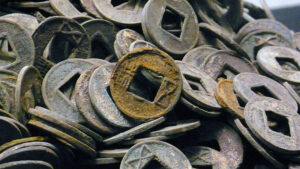

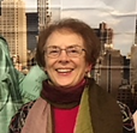
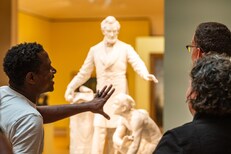
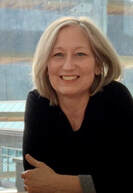

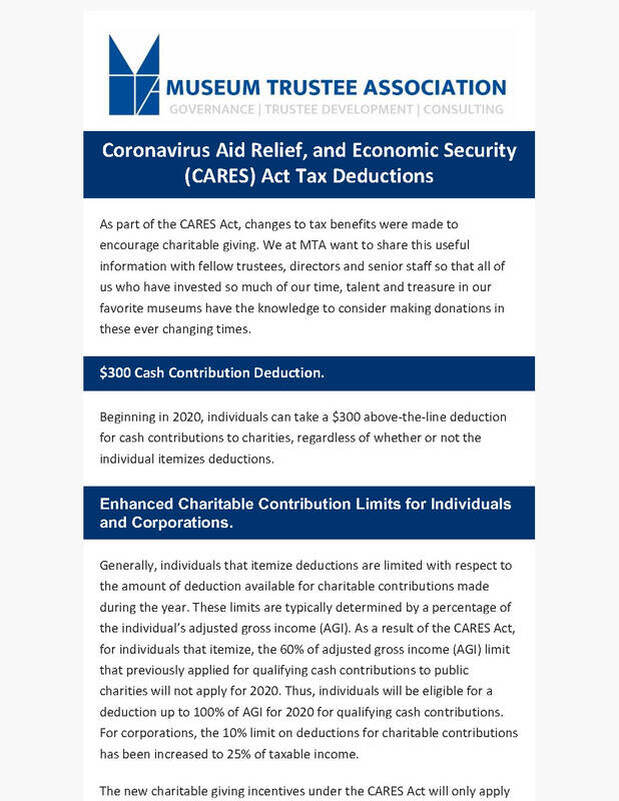
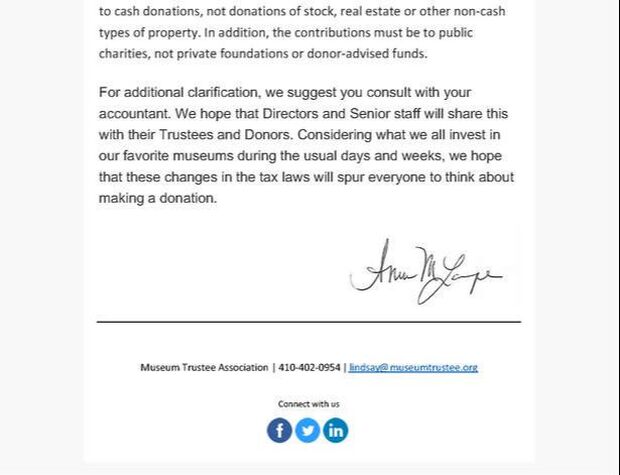
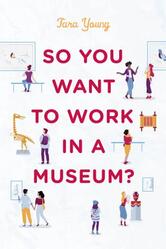
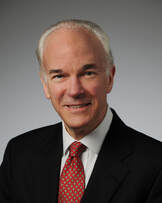

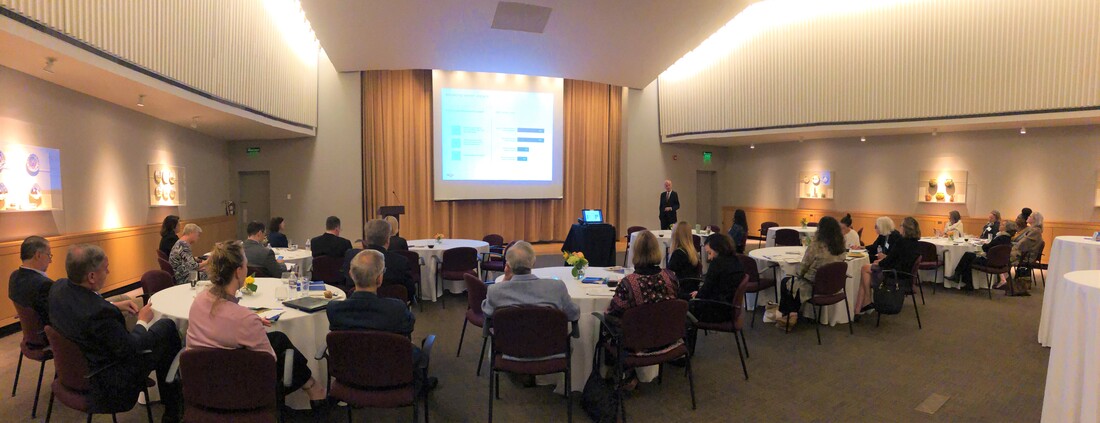


 RSS Feed
RSS Feed